POWERED BY Ai
Omnichannel customer service
To provide good omnichannel customer service, you need a contact centre platform that can sync all that contextual and conversational data across voice, video, and digital channels. Dialpad's AI-powered customer engagement solution is designed to do exactly that. Book a product tour to see how it can work for your business!
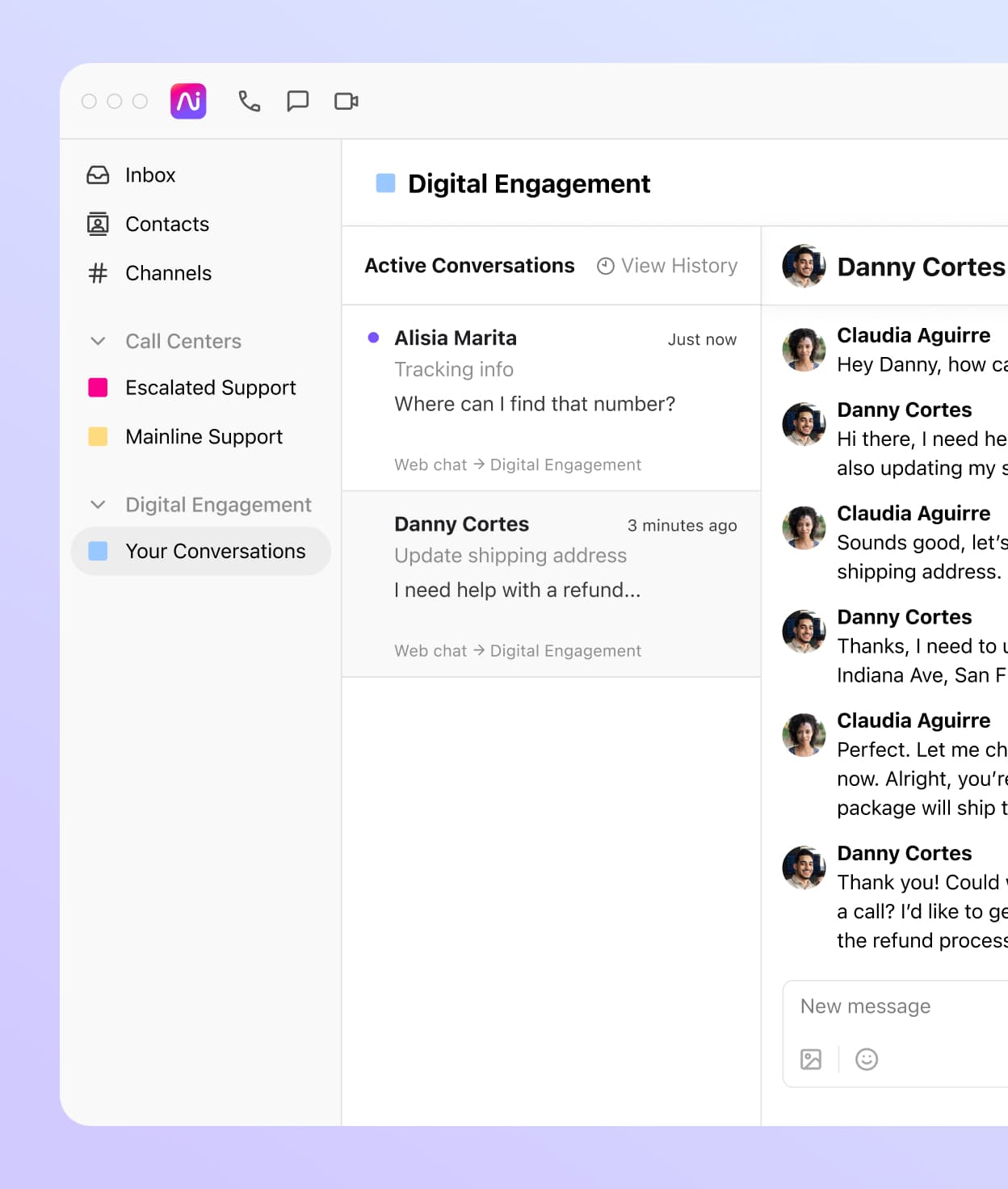
Most consumers expect a consistent experience when they contact businesses, whether it’s through phone calls, text messaging, or social media channels like WhatsApp.
But with so many different touchpoints and service channels, it can be hard for customer service agents to pull past conversations and data from all these sources quickly enough to answer questions in real time.
So, how can businesses organise all this data and provide truly omnichannel customer service—and a better overall customer experience?
What is omnichannel customer service?
Omnichannel customer service is the support you provide to your customers across a fully integrated set of voice and digital touchpoints. Generally, companies can achieve this by using a versatile contact centre platform that centralises all these conversations in one place, which allows customers to receive a consistently high level of service, no matter if they're calling you or messaging you on your website's live chat.
Omnichannel vs. multichannel customer service
The difference between an omnichannel customer experience and just a regular multichannel experience is that with omnichannel, your customers and agents can see full context for all past conversations, across every channel. This means if a customer called you, messaged you on Instagram, then started a live chat on your message, your support agents will be able to see all of that context seamlessly in one place.
Everything you need from an omnichannel customer service platform in one place
What types of features will help you provide an excellent omnichannel customer experience? Here are a few.
Industry-leading AI
One of the most unique things about Dialpad is its proprietary artificial intelligence, which has analysed over 60 million hours of business conversation data. Not only can it transcribe calls—in real time—it can also help you track how frequently certain keywords or phrases (like feature bugs and competitor names) come up.
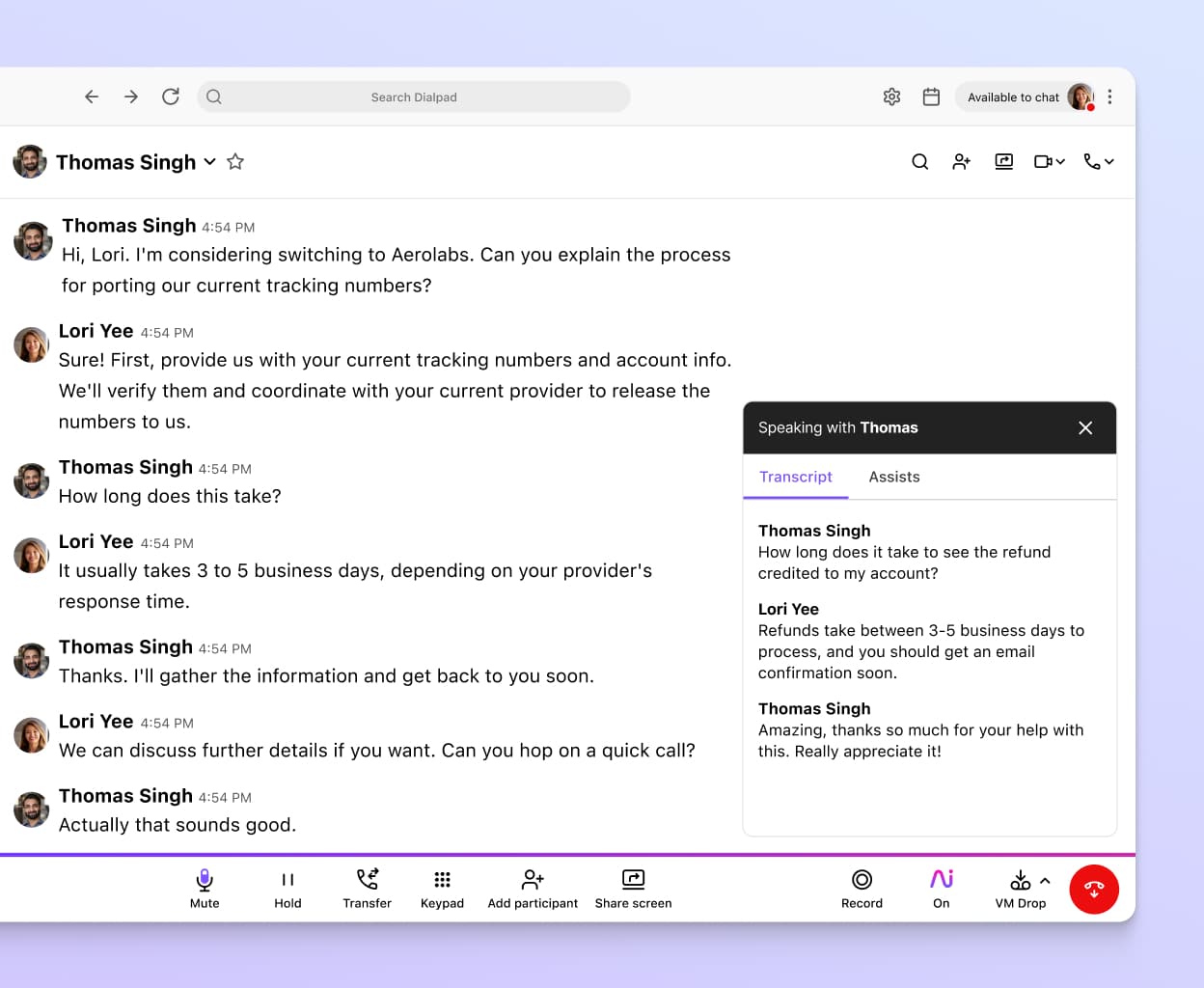
Every channel in one place
With a true omnichannel approach, you’re carrying context across all your different channels to provide that consistent experience for both customers and your agents. With Dialpad, you can manage all your social media channels—and more importantly, non-digital channels like voice and video—in one place.
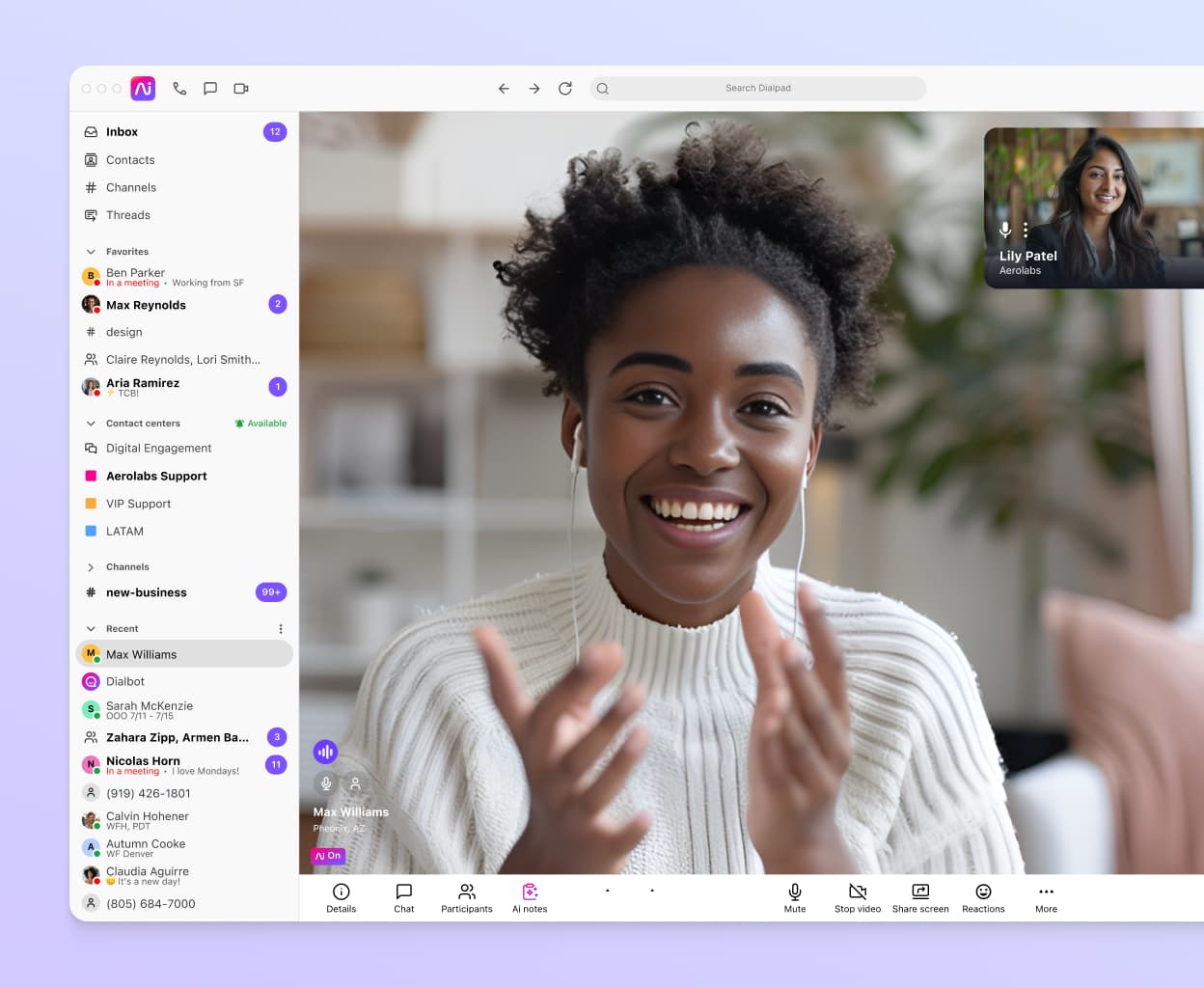
Self-service journey building
No coding needed. With Dialpad, you can take full control of your omnichannel customer journey. Create chatbots and design dialogue flows with questions and answers—and even include images and video instead of just having text-based answers—with just a few clicks.
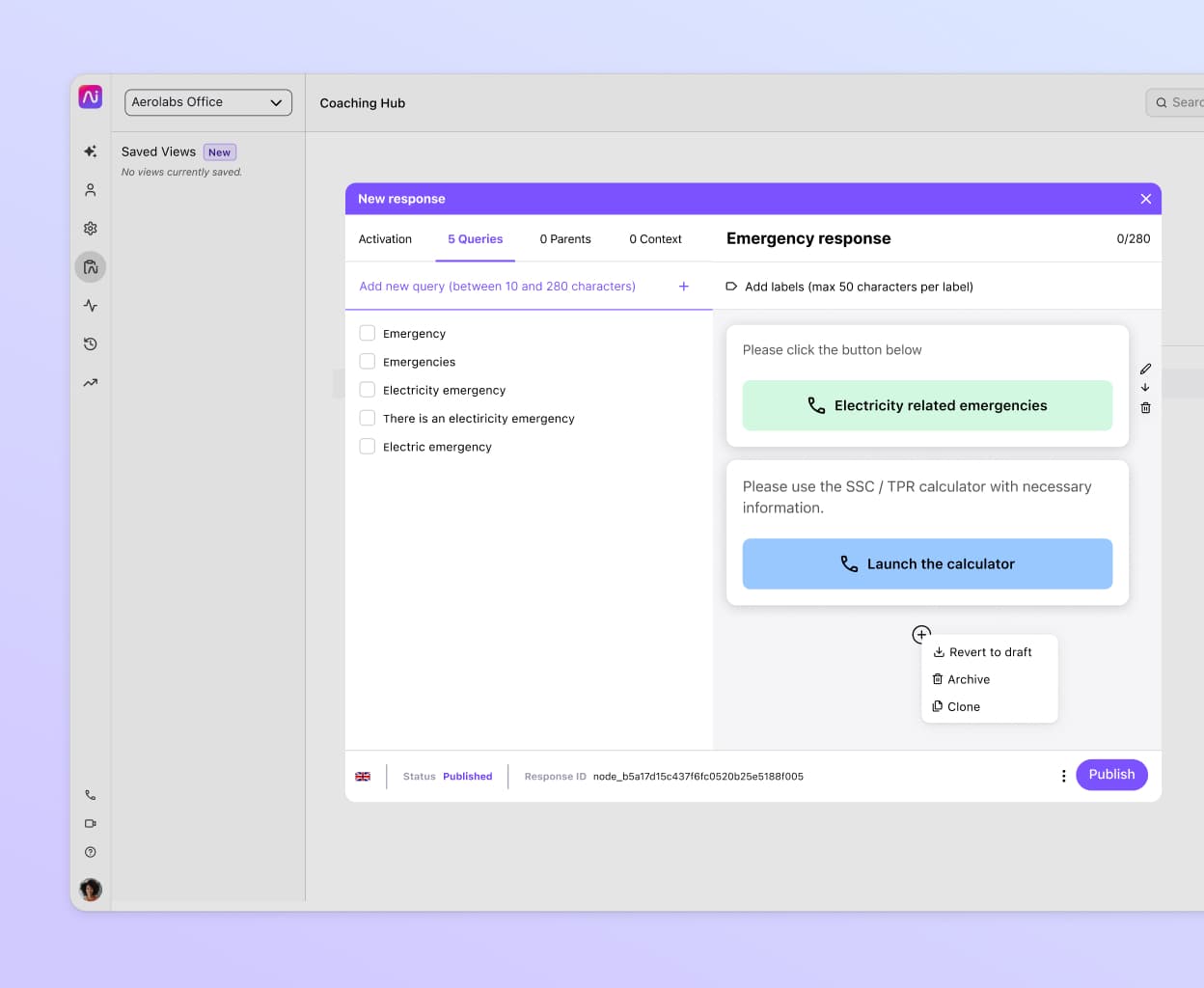
💡 Fun fact:
What’s unique about Dialpad’s conversational AI chatbot is it can pull from multiple unstructured sources of information, including not only knowledge bases but also past conversations, PDF documents, and more.
Live sentiment analysis
Dialpad’s artificial intelligence can also do sentiment analysis in real time. This shows busy supervisors see at a glance if any active calls are going south. If so, they can open up the live transcript to get more context and decide whether to jump in to help the rep. This helps teams stay proactive and not just meet, but exceed customer expectations.
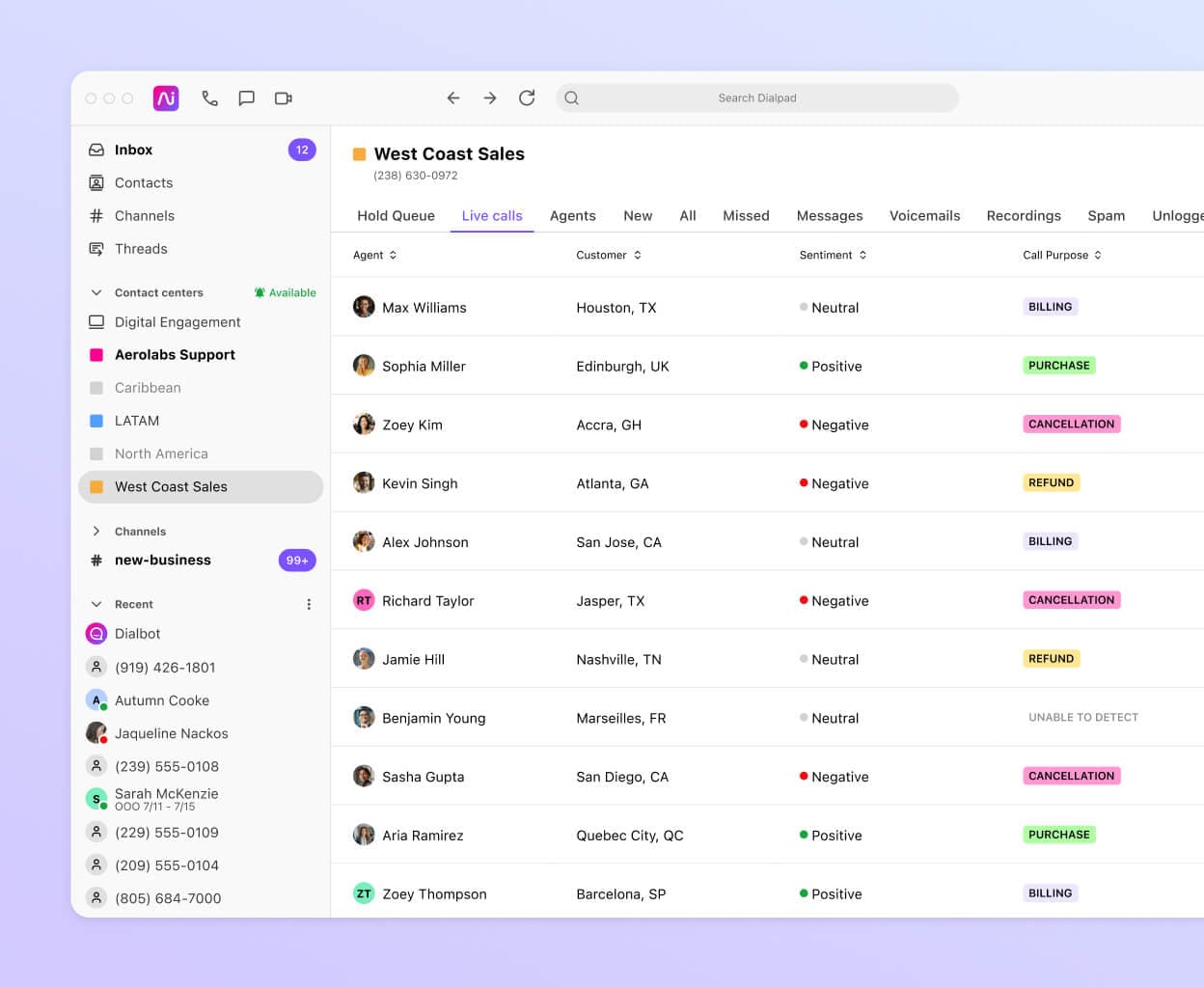
DIY setup
Need to add phone numbers for new agents, update your call routing, or move reps between contact centre departments? You can do it all right from your online dashboard in minutes.
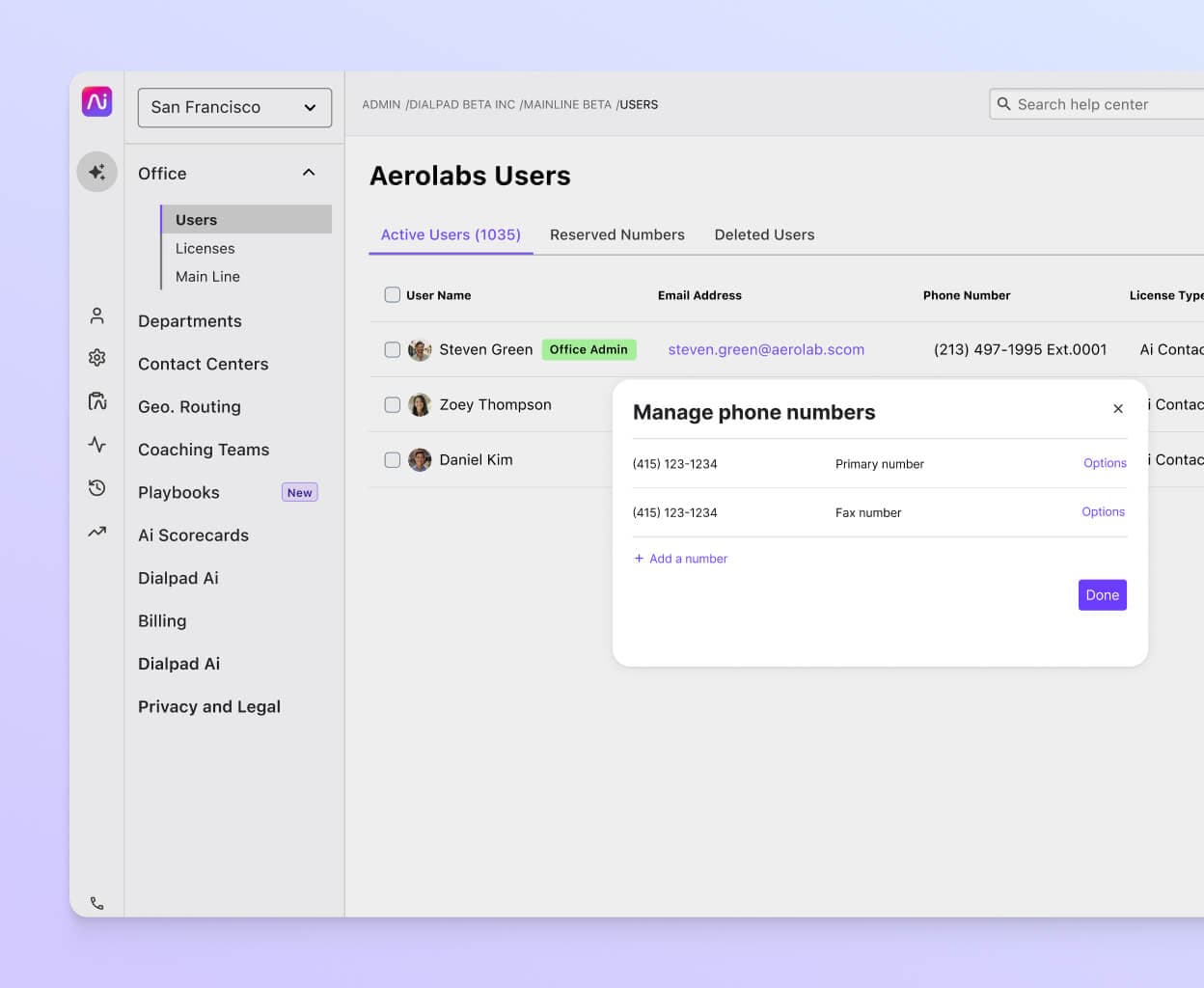
The user experience is really great. Easy to use and intuitive...
George Cheng
Founder, Viewabo
Want to provide an experience that improves customer loyalty?
Book a demo to see how easy it can be to provide omnichannel customer service using Dialpad. Or, take a self-guided interactive tour of the app first!
Integrations with software you’re using
From productivity tools to customer relationship management (CRM) software, Dialpad integrates with a wide range of apps like Google Workspace, Zendesk, Salesforce, and more to optimise workflows and reduce repetitive work like data entry for reps. Or, build custom automations with the APIs.

Real-time coaching
Often, a manager has to oversee many support agents or reps—but they can’t personally coach every single call. With Dialpad, supervisors can create Real-time Assist (RTA) cards with tailored notes that pop up on agents’ screens automatically when certain keywords or phrases are spoken. This way, managers don’t have to personally coach every call, but reps can still get the information they need.

Built-in analytics
With Dialpad’s built-in analytics dashboard, you can easily track call volumes, wait times, customer satisfaction scores, and more. All in one place, without having to reach out to customer support or wait for days for that data to be pulled.
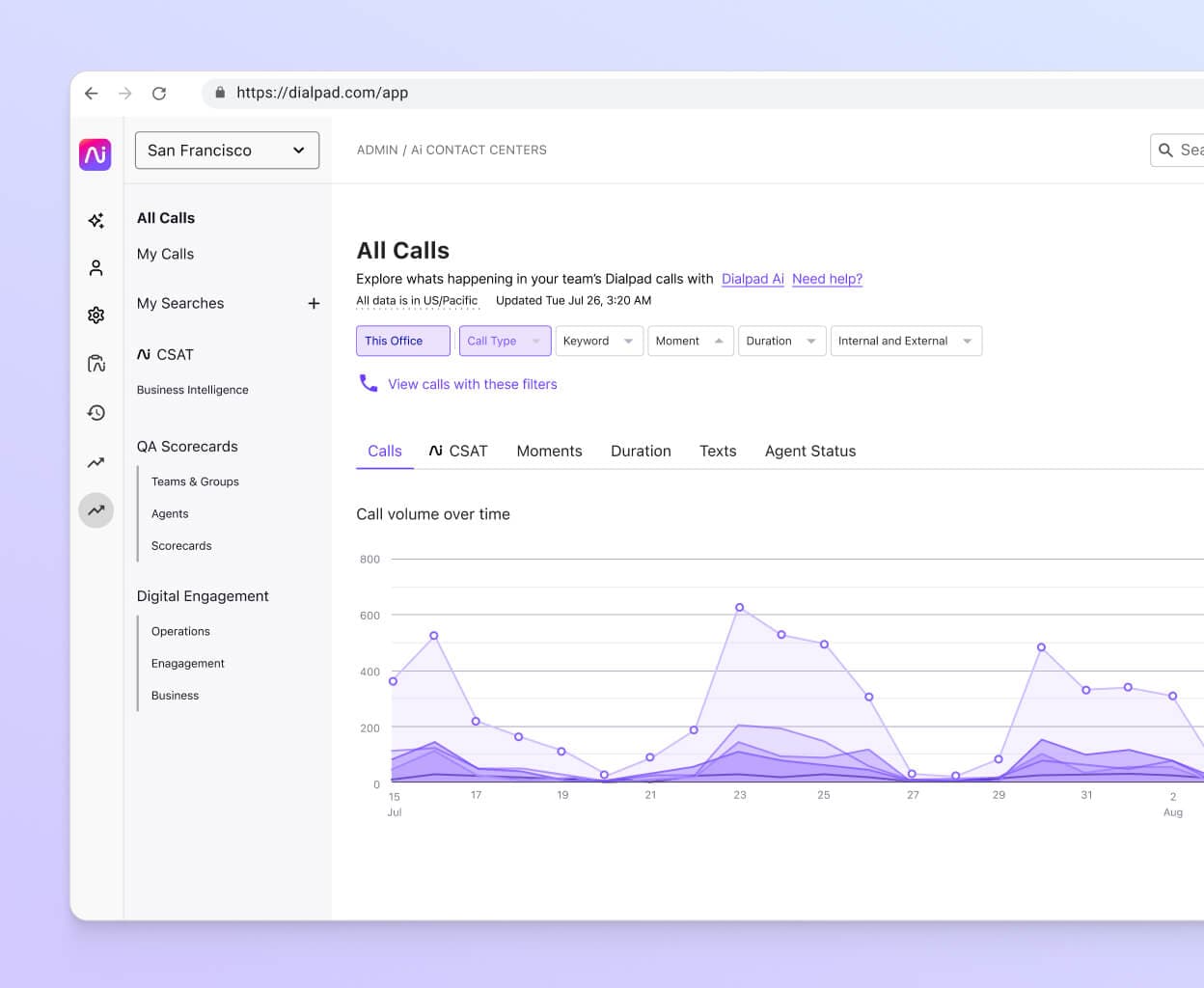
Worldwide reliability
You can’t provide a good customer service experience if your customers can’t reach you. Dialpad’s unique dual-cloud architecture and global voice network is designed to give you excellent call quality around the world. There’s even a 100% uptime SLA for Enterprise plan customers!
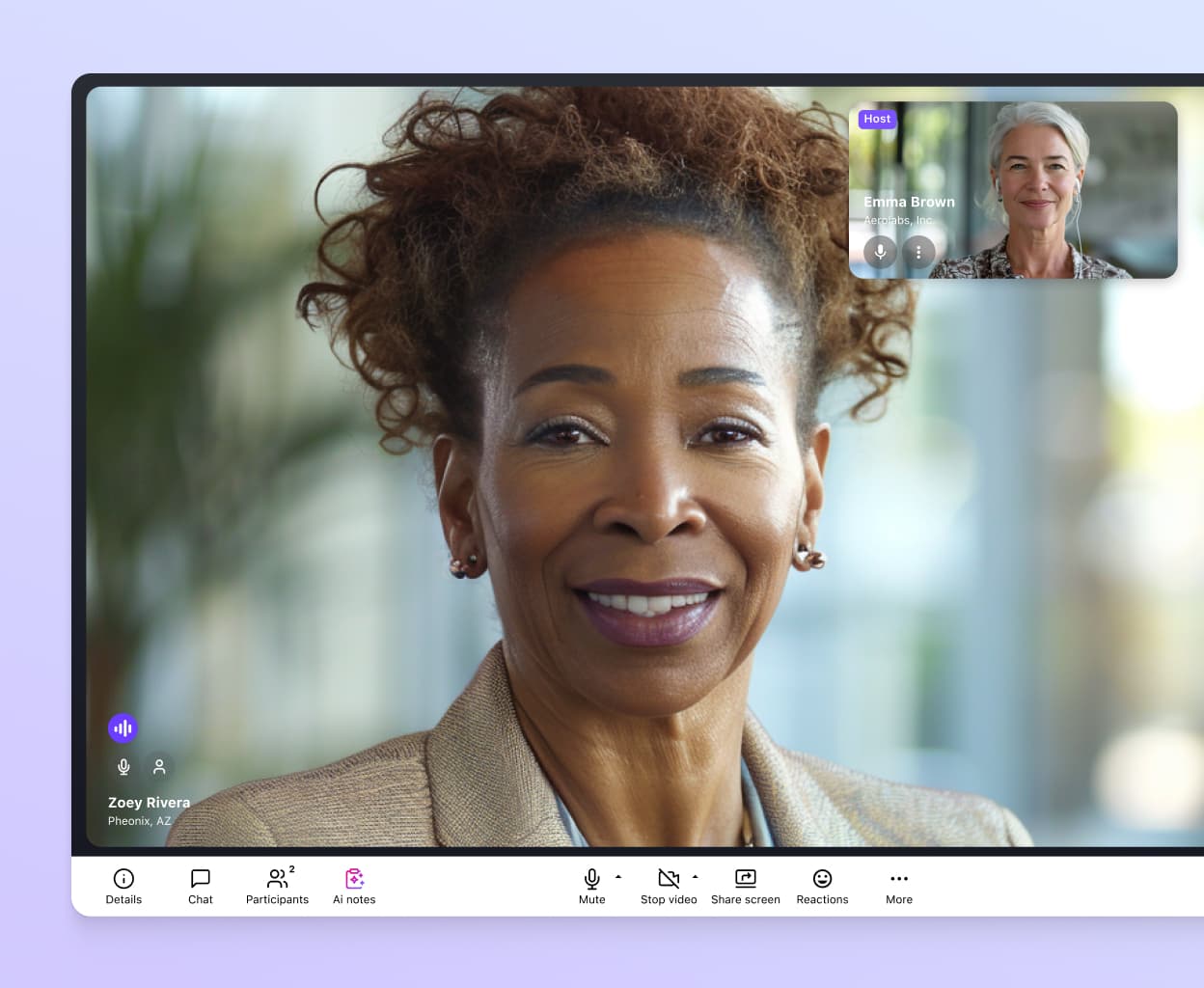
The benefits of being able to provide omnichannel customer support
It makes it easier to meet customer needs
It used to be that “customer interactions” meant either an in-store visit, a phone call, or an email. Not anymore. Customer expectations are getting higher and higher. They’re reaching out to businesses through various channels and expecting (seemingly) shorter and shorter response times.
Call centres have transformed into contact centres. All because businesses have realised that if they’re not on their customers’ preferred channels, it directly affects the customer experience—and can lead to lost business.
Done well though, an omnichannel approach can help you become truly customer-centric, improve customer retention, and ultimately, boost your bottom line.
It gives you access to much more conversational and customer data
On a related note, because customer journeys have taken on so many new forms, it’s also become much harder to keep track of (and organise) customer data.
Can you easily monitor metrics in real time? Can you see which communication channels your customers are using the most when they try to reach you?
If you’re able to harness all that data, you’ll have an incredibly useful source of insights and firsthand feedback that will help you improve your products and your customer experience. Before, with just phone calls, you had only one source of insight. But if you can provide omnichannel customer service, how many more conversations containing golden nuggets could you uncover?
Having a truly unified AI customer communications platform isn’t just more convenient (which is the most cited benefit you’ll see), it also removes data silos. When you’re managing one tool instead of four or five different tools, you know that all your customer data is in that one place. No digging around in different windows and accounts to find out what that customer said two weeks ago.
It improves your brand reputation
This one sounds fluffy, but omnichannel customer service is expected now in many industries. That means if your customer support or contact centre can’t keep up with those expectations, you’ll probably start seeing it talked about in channels you can’t control.
Customer reviews. Online communities. Reddit.
Being able to provide a seamless brand experience that doesn’t make people repeat their account information every time they get transferred, that helps support agents find answers quickly—this is no longer a “nice-to-have.” It’s a must for many businesses today.
5 omnichannel customer service strategies to implement
Now that we’ve looked at what features to look for in omnichannel customer service solutions, it’s time to move on to some examples of omnichannel customer service strategies to consider.
1. Monitor your metrics regularly
How is your support team’s response times on different channels like social media and phone calls? What are your latest CSAT (customer satisfaction) scores?
👉 Dialpad tip:
A “consistent experience” doesn’t necessarily mean you need to have the same response time on the phones as you do on live chat or social media. Customer expectations aren’t the same across every channel!
Ideally, you’ll be able to easily access both real-time and post-call metrics without having to jump through too many hoops.
2. Have self-service options…
Whether you’re running an ecommerce contact centre or a regional airline call centre, it’s highly likely that most of the questions your reps get on a daily basis are very simple or straightforward requests.
You know, the type that can be handled by a chat bot. Unless you have unlimited funds to hire a huge support team, this is a great opportunity to be more efficient with how you handle those inquiries.
Use a platform like Dialpad Support that has self-service functionality—as a starting point, you can look for common questions that come up repeatedly and create dialogue flows to answer them.
3. ... But don’t make it impossible for someone to escalate to a support agent
That being said, the goal isn’t to completely remove humans from your customer experience. Most people don’t like that. It’s also a big reason why chat bots have gotten such a bad rap. You have to recognise that not every single question or issue can be resolved through self-service.
Make sure your chat bot flows include an option for customers (or potential customers) to reach a human—as painlessly as possible.
4. Make sure your customer support agents are on the channels that your customers are on
This is sometimes an overlooked part of putting together omnichannel customer service and support strategies, but your contact centre agents shouldn’t be on every single channel.
They should be on every channel your customers are on. After all, if your customers don’t ever use social media or SMS text messaging to reach out to you and only ever use phone calls, then hiring a social media manager to manage digital channels would probably end up being a waste of money.
On the other hand, if you’re a dentist in a neighbourhood of young families and you know that your clients are glued to their mobile devices, it’s probably a good idea to send them, say, appointment reminders and other notifications via SMS text messaging.
Fun fact: With Dialpad, you can send SMS messages to clients or prospects from the same desktop or mobile app you use to make phone calls and have video meetings:
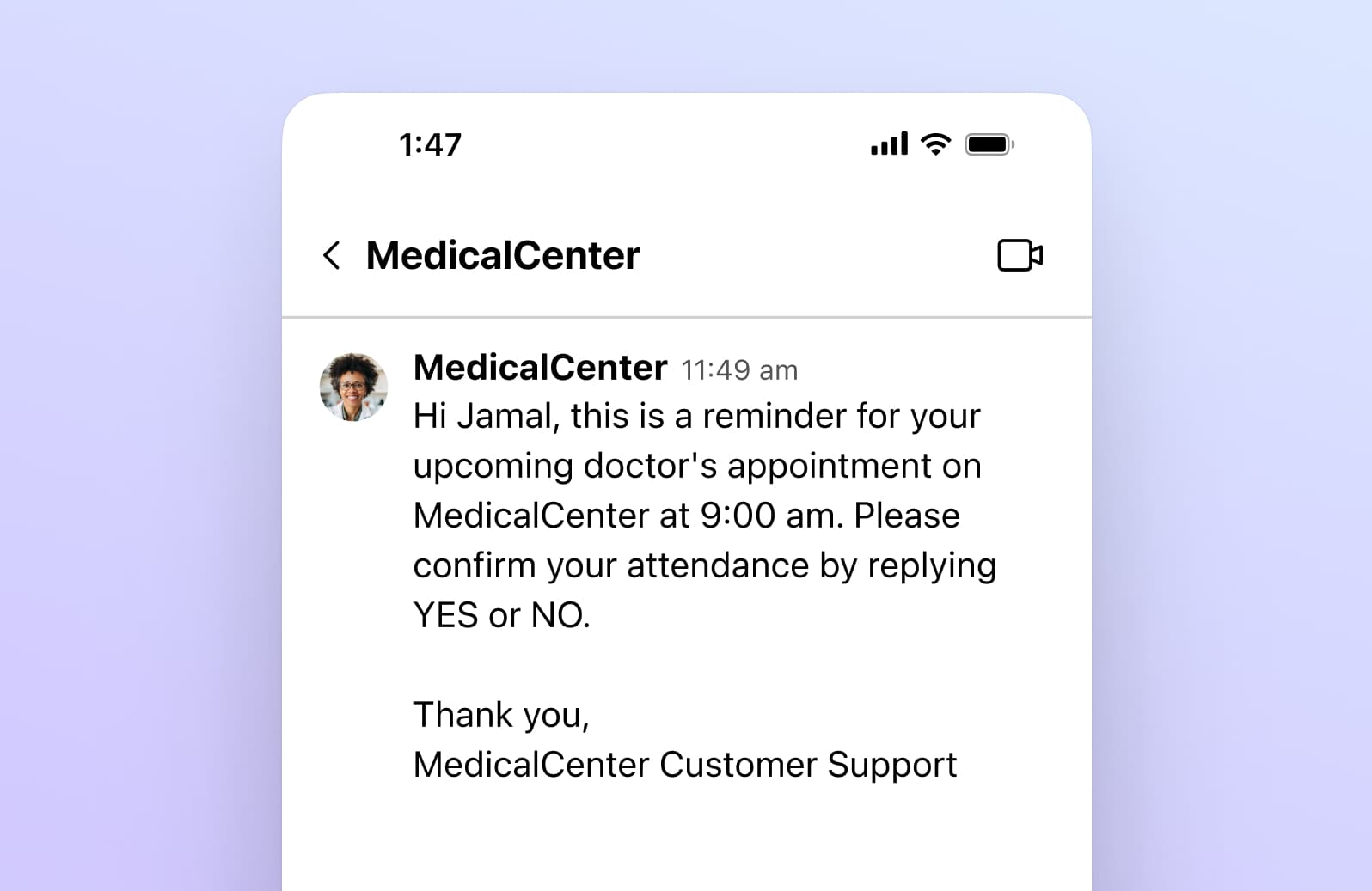
5. Empower your support team
Agent churn is one of the biggest challenges that every contact centre faces. Apart from gamification and engagement tactics, how are you empowering your support agents or contact centre agents to do their best work while minimising the repetitive low-value tasks that take up large chunks of their day?
Omnichannel customer service doesn’t have to be complicated
Want to provide a more personalised experience for your customers across not only digital channels but also voice and video?
With Dialpad Support, you can do that—along with communicating internally with your team—in a single, intuitively designed platform.
Try it for yourself!
Need to provide better omnichannel customer support?
Dialpad can help. Let us show you how.
